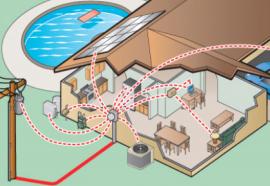Rate Case Analytics
Hard numbers support operating- and capital-cost claims for gen plants.
It’s been a long time since many electric utilities have had to ask their rate commissions for the amounts of money they’re asking for today. States with deregulation programs either have frozen rates or reduced them over the last decade, in the hopes that competition would naturally lower prices to consumers. Now those programs are ending and their success is questionable. Utilities in more regulated states haven’t faced since the 1970s new build programs like the ones currently contemplated.








